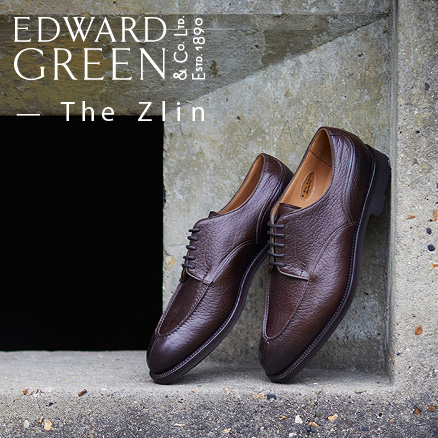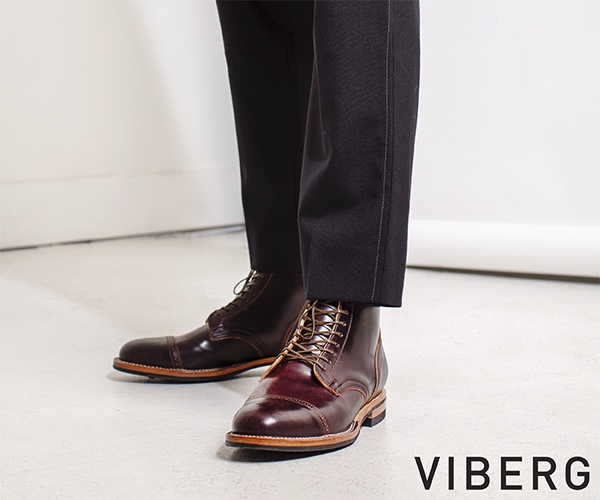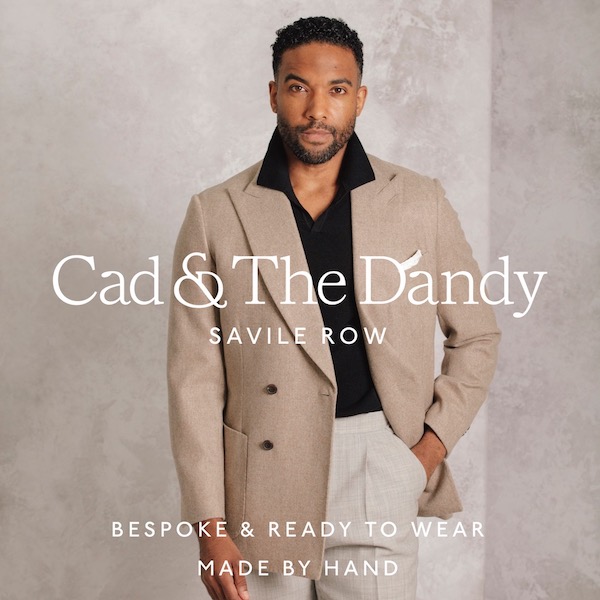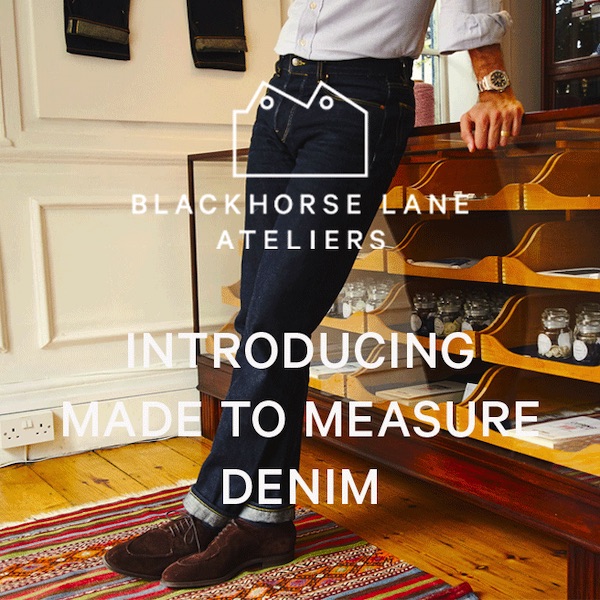Andrew: My journey in bespoke tailoring
- Suits
- ferdinando caraceni
- finamore
- Isaia
- napoli su misura
- solito
- Tommy e Giulio Caraceni
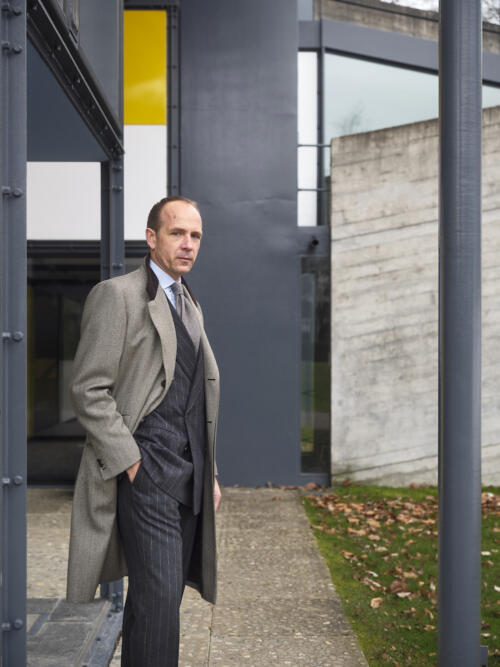
Our regular reader Andrew has contributed to many PS discussions over the years about bespoke, and given valuable advice to readers on both cloth and tailors. So I asked him to rewind a little and describe his whole experience from start to finish, with all the advice he could think of for other readers in the same situation.
By Andrew Borda.
I have been commissioning made-to-measure and bespoke tailoring since 2007. During this period I went through three discernable phases in the types of tailors I used, made a lot of mistakes, and have now found a tailor and other makers that I am very satisfied with.
I hope sharing my experiences and what I have learned along the way can be helpful for other readers, whether they are just starting in bespoke, are seasoned pros, or are perhaps looking for a new tailor.
The first phase of my journey was MTM, which lasted for around five years. My choices in this phase were mainly driven by the necessity of dressing for the office (I run an investment firm based in Zurich) and overall it was very satisfying since I was fortunate to find a good MTM option in Isaia that was cost effective and fulfilled what I then needed from a tailor.
This was followed by my Neapolitan bespoke phase, which lasted another five years. This was less satisfying, as I lost the reliability of my MTM experience without a major improvement in the fit, quality or style of the clothes I was wearing.
The current phase is my bespoke Caraceni phase, which has been going since around 2017 and which is once again very satisfying, as I think best reflects my vision of how I want to present myself to the world.

Tasteful grandmothers
I have been interested in clothes since I was young, which I think must have been influenced by my grandmothers. Both were elegant women and were always nicely dressed, and my maternal grandmother was very interested in decorative arts.
Considering none of the men in my family were particularly interested in clothes, and that growing up in the mid-west of the United States I was far from any bespoke tailor, I can only guess that my interest in clothes and art in general came from observing my grandmothers.
Like many people, my first foray into tailoring was driven by a need to buy some suits that I could wear to the office for my new consulting job. I had owned a copy of Bernard Roetzel’s Gentleman for at least 15 years at that point, but most of the makers listed were either too expensive for a recent graduate or impractical for me to visit, so I took to the internet to figure out where I should get my new suits.
There, I discovered the late oughties world of Style Forum and A Suitable Wardrobe, both of which I read religiously. I also started reading a new upstart blog called Permanent Style just as it was getting started, and I think I have read every article since then.

MTM is often the best way to go
My wife is from the Puglia region of Italy, and as PS readers will know, many reasonably sized towns in Italy have at least one good independent menswear shop. Luck would have it that Martina Franca, the town where we went suit shopping, has two and there I started the first bespoke phase, which was actually MTM.
Ivano Chirulli, owner of the very nice boutique Chirulli, stocked Isaia suits and Finamore shirts, both brands that made the cut on Style Forum, which was of course a very important criteria for me.
At this time, Isaia had not yet expanded to its current extent and prices were lower. Taking advantage of the arbitrage between Swiss salaries and Southern Italian “mates’ rates”, I ordered a blue and a grey single-breasted suit and some blue and white shirts, guided by Ivano’s good advice to start with the basics.
Ivano used the standard Isaia and Finamore blocks, to which he made slight modifications based on my measurements. Overall, the fit was good, the prices were reasonable and the orders were delivered on time. Back then I didn’t have any plan or idea about building a bespoke wardrobe, and MTM fulfilled exactly what I needed.
To this day, I still think that for most customers who don’t have easy access to a bespoke tailor, or who have not found one they are happy with, MTM is a great option.

Be wary of globetrotting tailors
I stuck with Isaia and Finamore MTM for around five years, ordering one new suit a year and a few shirts. Despite my satisfaction, curiosity got the better of me and I decided that I needed to try “real” bespoke.
A Suitable Wardrobe was writing very positively about Napoli Su Misura (NSM) and considering the style seemed pretty similar to my MTM suits (Neapolitan, but with some structure in the shoulders and not too short or tight) I decided to give it a try the next time they did a trunk show nearby.
I am not sure if NSM is still going, but for the benefit of readers who are not familiar with them, NSM was a bespoke Neapolitan outfit that was very popular on the forums in the early 2010s at the peak of the Neapolitan #menswear craze, and did trunk shows almost anywhere imaginable. Their prices were at the low end of the spectrum of Neapolitan tailors, which contributed to their popularity.
My relationship with NSM didn’t last long, as I quickly got frustrated by quality control issues (eg trousers with stitching that came undone) and frequently delayed delivery times. This is the source of one of my major lessons in bespoke, which is general hesitance to use tailors who travel frequently.
I do not have a problem with travelling tailors and trunk shows per se and some large houses have been doing it successfully for decades. But for this to work I believe that the tailor’s “machine” needs to be well-oiled.
In my limited experience, in smaller houses where there is no division between front-of-house and cutters, the more time the owner/cutter spends outside of the workshop, the greater scope there is for quality control problems and delayed orders.
As a result, I would advise anyone who is considering using a travelling tailor to take some time to understand how much experience they have with overseas trunk shows and how they ensure quality and delivery.

You must like the tailor’s style
Following my unsatisfactory experience with NSM, I jumped to Solito. I had read a positive review on PS and they came frequently to London, where I was then living.
At the start, Luigi Solito’s father Gennaro was also travelling to London for trunk shows and they are both lovely people. I was immediately reassured by their experience, and I happily did not have any quality control issues or delays.
However, my experience was unsatisfactory for reasons that were entirely of my own making. On the spectrum of Neapolitan tailoring, Solito’s jacket (especially Luigi’s) tends to be less structured, shorter and tighter than tailors like Ciardi or Ciro Zizolfi. This style was not compatible with my vision for myself and how I wanted to dress, and I constantly felt like I was wearing somebody else’s clothes.
This is not at all Solito’s fault; rather, it was my mistake in choosing the wrong tailor. This leads me to my second main lesson of bespoke, which is not to ask a tailor to deviate from their house style. Tailors are good at making their house style because they do it all the time, and usually struggle to do anything different.
Therefore when choosing a tailor, it is important that the customer has a clear picture of the style they want for themselves and chooses a tailor who is compatible with that style. For example, if you want to dress like an Italian industrialist, go to a tailor in Rome or Milan that has that clientele. A tailor in Naples or London will rarely succeed in replicating something that is not their house style, even if they agree to try.
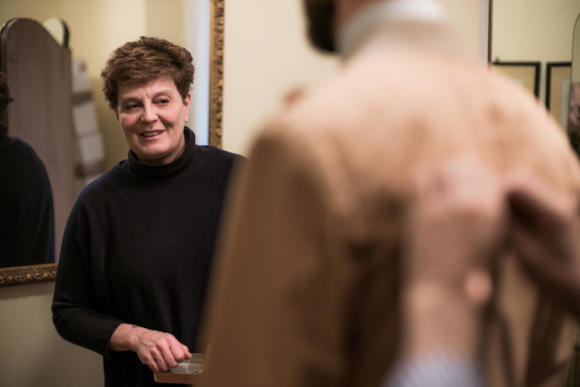
Ferdinando Caraceni clears the low bar
After five years of frustrating bespoke experiences, I was considering going back to MTM as I continued to wear my Isaia suits even after I sold or gifted what I ordered from NSM and Solito. Before doing so, I decided to give bespoke one last try.
I had started to travel to Milan frequently for business and I decided to make an appointment at Ferdinando Caraceni. As I commented in PS’s recent review of Tommy & Giulio Caraceni, I have always been most attracted to Central Italian tailoring, of which Ferdinando Caraceni was an offshoot.
(For those that are interested, Simon has written on the A Caraceni article about the history of the various Caracenis.)
Despite being my preference all along, I didn’t go to the Caracenis earlier because I rarely travelled to Milan or Rome, none of them do regular trunk shows, and because I could not afford them.
I decided to shoot straight down the middle of the fairway with my first order, selecting two classic business suits: a navy herringbone DB and a medium-grey birdseye SB. I needed them for the office and I figured that, considering their clientele, if Nicoletta Caraceni couldn’t do those well there was no hope of prolonging our relationship.
From the first fitting onwards, it was clear that the tailoring stars had finally aligned, which for me is a combination of: a style that fits how I wanted to look in my mind’s eye, convenience, reliable quality, and on-time delivery. It sounds like a very low bar to clear, but as Simon can attest, mainly tailors do not achieve even this seemingly low threshold.
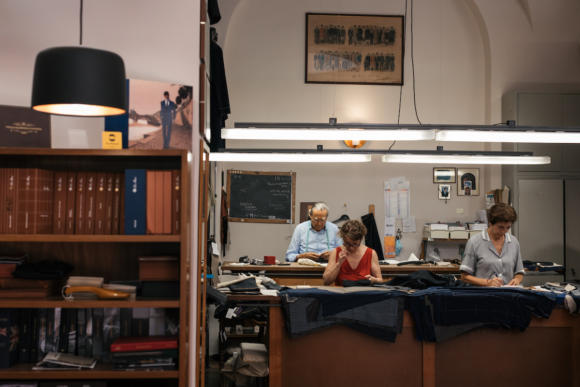
Relationship; convenience; quality
Nicoletta sadly decided to close at the end of 2023, and I found myself once again in search of a tailor. I asked her for advice on where to go, and the only name she immediately suggested Tommy & Giulio Caraceni in Rome. As luck would have it, I started to visit Rome frequently, so going there also worked logistically.
I won’t write extensively on my experience with Tommy & Giulio because it was extensively covered by Simon in an article last year, but I will summarise by saying that my experience with them has been even more positive than Ferdinando Caraceni. The factors I commented on above are all fulfilled, but on top of this I prefer T&G’s house style (a little longer and less boxy than Ferdinando) and I like the fact that Andrea Caraceni is close to my age and hopefully has many years ahead of him in running the business.
This current phase of my bespoke experience feels like one that will last for many years, and I really hope it does because I am very satisfied and don’t have the energy to start building a relationship with a new tailor.
This leads me to my final two lessons from my bespoke journey. The first is that as I become more experienced, factors such as my relationship with the tailor, convenience, and quality control matter as much to me as style.
This should not come as a surprise to regular PS readers, as Simon has written similarly over the last few years. I am a 44-year old business owner with three young children, so time is a very precious commodity. (The same age and position as Simon in fact, though his children are older.)
For any relationship with a tailor to work, they have to be easy for me to visit and commissions need to be delivered on-time without problems. This was a major reason for me to stop patronising tailors in the past and it is even more important to me now. Fortunately, Tommy & Giulio Caraceni fulfill these criteria well.

Bespoke requires a big investment of time
The final lesson is that building a relationship with a bespoke tailor is a significant investment of time and energy if you want to get the best results.
At their best, a tailor is stylist for men in addition to a specialised artisan who cuts and sews clothes. To give the best advice and guide the customer to make the right choices, he or she needs to understand the customers’ life, work, preferences, style and ultimately culture.
This requires that the customer invests time in talking to and building a relationship with the tailor over a long period of time. If a customer is not willing to make that investment or looks at a commission as a one-off, I would advise that they think twice about whether it makes sense to go bespoke and to consider MTM instead, which is a somewhat more transactional purchase.
I have deliberately focused here on my experience in each of those phases of my bespoke journey, what has and hasn’t gone well, and lessons learned rather than elements of style. Style has been extensively written about in my reader profile and other articles on PS. I enjoy replying to comments and try to do so promptly, so if readers have questions on style or on anything else, I am happy to answer them.

Related posts
- Tommy & Giulio Caraceni bespoke tailoring: Review
February 12th 2025 – 114 CommentsRead More
- Tommy & Giulio Caraceni: Modernising the Roman tailor
September 16th 2022 – 35 CommentsRead More
- The (17) made-to-measure tailors I have known
July 12th 2021 – 215 CommentsRead More
Subscribe to this post
–>



